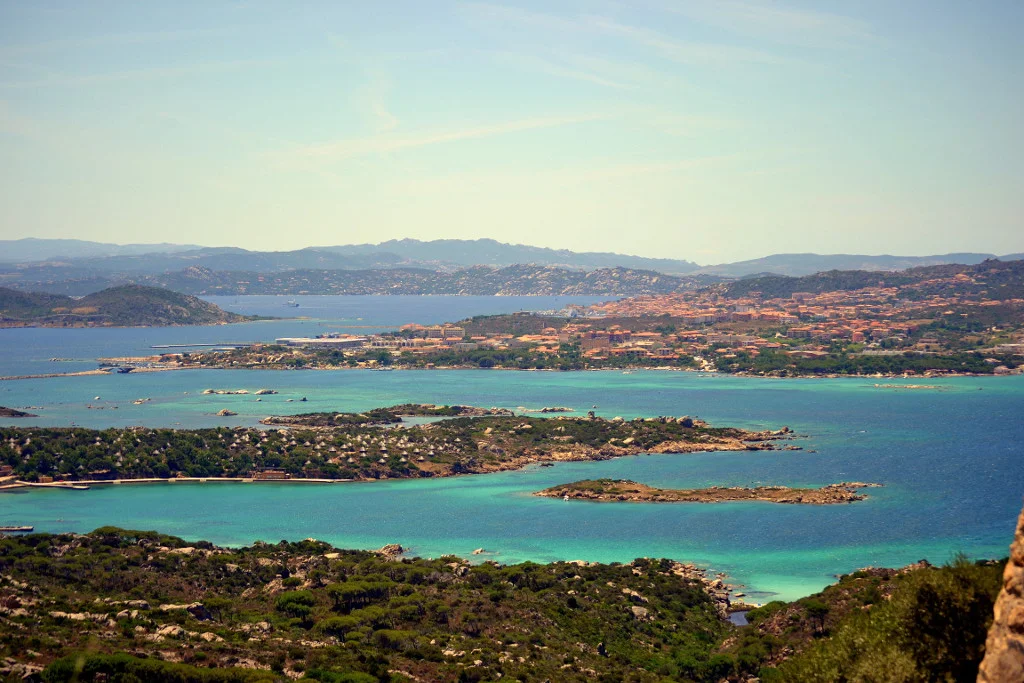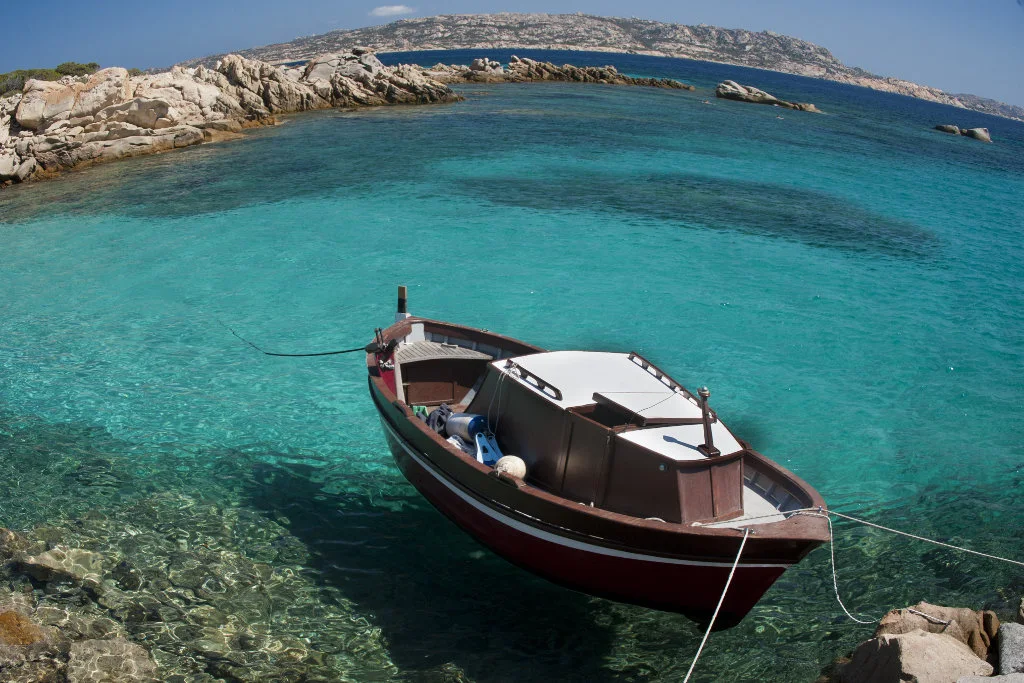The Maddalena Archipelago consists of 60 islands and islets northeast of Sardinia. The first national park of the region has been operating here since 1996. The granite and shale islands of the archipelago have especially favorable geological and marine natural conditions - also because human intervention in the kingdom of nature has remained minimal for centuries.
 |
| Maddalena Archipelago |
The locals say, not without reason, that the beaches of the Maddalena Archipelago are the most colorful and beautiful in Sardinia. The truth is that those who contemplate from the insular heart of Sardinia, either from Palau or Porto Rafael, to the group of islands that make up the archipelago, feel close to a bluish Eden, almost within reach. The archipelago is made up of seven islands: La Maddalena, Caprera, Spargi, Santo Stefano, Budelli, Santa María and Razzolli, and some sixty rocky islets.
In the northwest of Sardinia we find a place that has been sheltered by the Maddalena National Park since 1996, protected with great efficiency to the point that it weighs it down, or the circulation of sailboats and motor boats is strictly regulated. The colors of the sea in shades of turquoise blue and emerald green are surprising, the white sand of the beaches and coves, the impossible shapes of the granite rocks carved by the wind.
 |
| Maddalena Archipelago |
What to see in the Maddalena Archipelago
The pinkish beaches of Budelli, the rock sculptures of Razzoli shaped by the wind, the hidden coves of the islands of Spargi and Caprera are a fascinating naturalistic and fauna complex of more than fifty thousand hectares that Unesco declared a World Heritage Site. On the island of La Maddalena everything invites us to start a contemplative life that transforms us into a blue-green chameleon like its waters.
The archipelago is made up of a roll of the dice on the blue Mediterranean carpet, which are the islands of Maddalena, Spargi, Spargiotto, Budelli, Santa María, Santo Stefano, Caprera, Razzoli, la Presa, Barrettini, Piana, Corcelli, Porco and Bisce. In them we find more than 700 species of fauna, 50 of them endemic.
 |
| Maddalena Archipelago |
Visit to La Maddalena
Maddalena was of great interest for many centuries. Long before the coast was appreciated for its tourist value, both the strategic value of the archipelago that served to control the passage of the Strait of Bonifacio between Sardinia and Corsica; As for the granite stone that was mined to be exported all over the world, they were reasons for fierce disputes over its control in this placid place.
The town of La Maddalena, which we reached by ferry, is the only town on the island. An old fishing village, today it has local crafts and the sale of typical products such as tapestries, corals or Sardinian filigree, its economic model. Its inhabitants have their own dialect, Isulanu, which differs from the dialect of Gallurese, the northeastern region of Sardinia; and which is influenced by immigration from Corsica in the 18th and 19th centuries.
 |
| Maddalena Archipelago |
Maddalena is still proud of the resistance to the French, who in 1793 wanted to invade Sardinia, attacking the garrison of the Savoy troops on the island. Defeated with the help of local inhabitants led by the officer and today local hero Domenico Millelire, the French do not gain control of Maddalena.
During this period, the famous Admiral Nelson who fought Napoléon's troops visited the islands during the Mediterranean naval battles. Grateful for the treatment given by the islanders, he donated silver chandeliers to the church of La Maddalena that today we can see in the main temple of La Maddalena.
The streets of the town are reminiscent of those of the Ligurian Rivera for their elegant architecture, and it is not surprising because the urbanism that arose in the 18th and 19th centuries evokes neoclassical buildings, accompanied by streets seconded by rows of palm trees.
 |
| Maddalena Archipelago |
In the XXIII Febbraio square, located to the left of the port following via Amendola, we find the Garibaldi Column, which in 1907 was erected with local granite to commemorate the centenary of its birth.
Some of the busiest festivals in Maddalena are the February carnival and the summer carnival, doubled for the enjoyment of tourists. In August the Sagra del Pesce is also celebrated.
Other places to visit in the town are old Fort Sant'Andrea; the remains of the Balbiano Battery, a fortification that served in defense against the French; the town hall in Piazza degli Olmi next to the market where there is another Garibaldi souvenir, and some of the bombs used by Napoleon in the attack of 1793; or the Naval Archaeological Museum in Mongiardino.
The parish church of Santa Maria Maddalena is the most important religious building on the island. Inside there is a Museum of Sacred Art and Admiral Nelson's chandeliers.
Beaches of La Maddalena
The coves and beaches of La Maddalena are ideal to enjoy the temperatures and colors of its waters. Some are more crowded, and it is convenient to see which wind is blowing to decide which one we go to. The best and most recommended are Giardinelli, also known as Testa di Polpo, Cala dello Spalmatore, Cala Lunga, (Cala di Porto Massimo), Cardellino beach, I Monti d'a rena, Uomo Morto beach, the beaches of Abbatoggia, the small cove of Lo Strangolato, Cala Maiore and Bassa Trinita, Cala d'Inferno or the beach of della Madonnetta, as well as Cala del Nido d'Aquila.
Excursion to La Maddalena and Caprera
If you want to carry out a day trip to the archipelago, click and fill out our form to book an unforgettable activity aboard a sailboat that will bring you closer to the most remote coves.
How to get to La Maddalena
Numerous ferries depart from the port of Palau to the island of Maddalena (which is then connected to Caprera by an artificial road). The journey takes about fifteen minutes, and vehicles can be taken to tour the island, although there are buses to reach the northern beaches and the resorts.